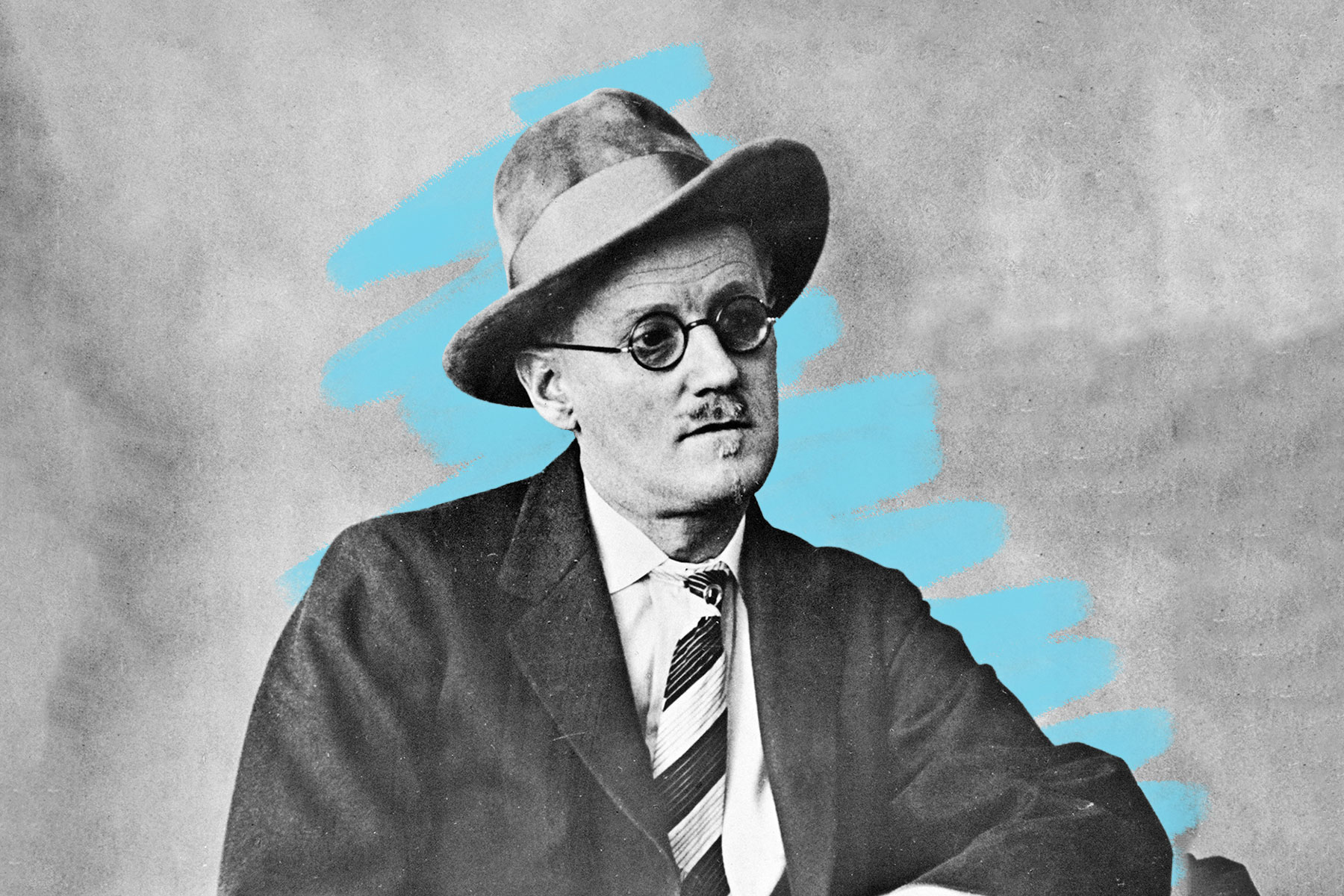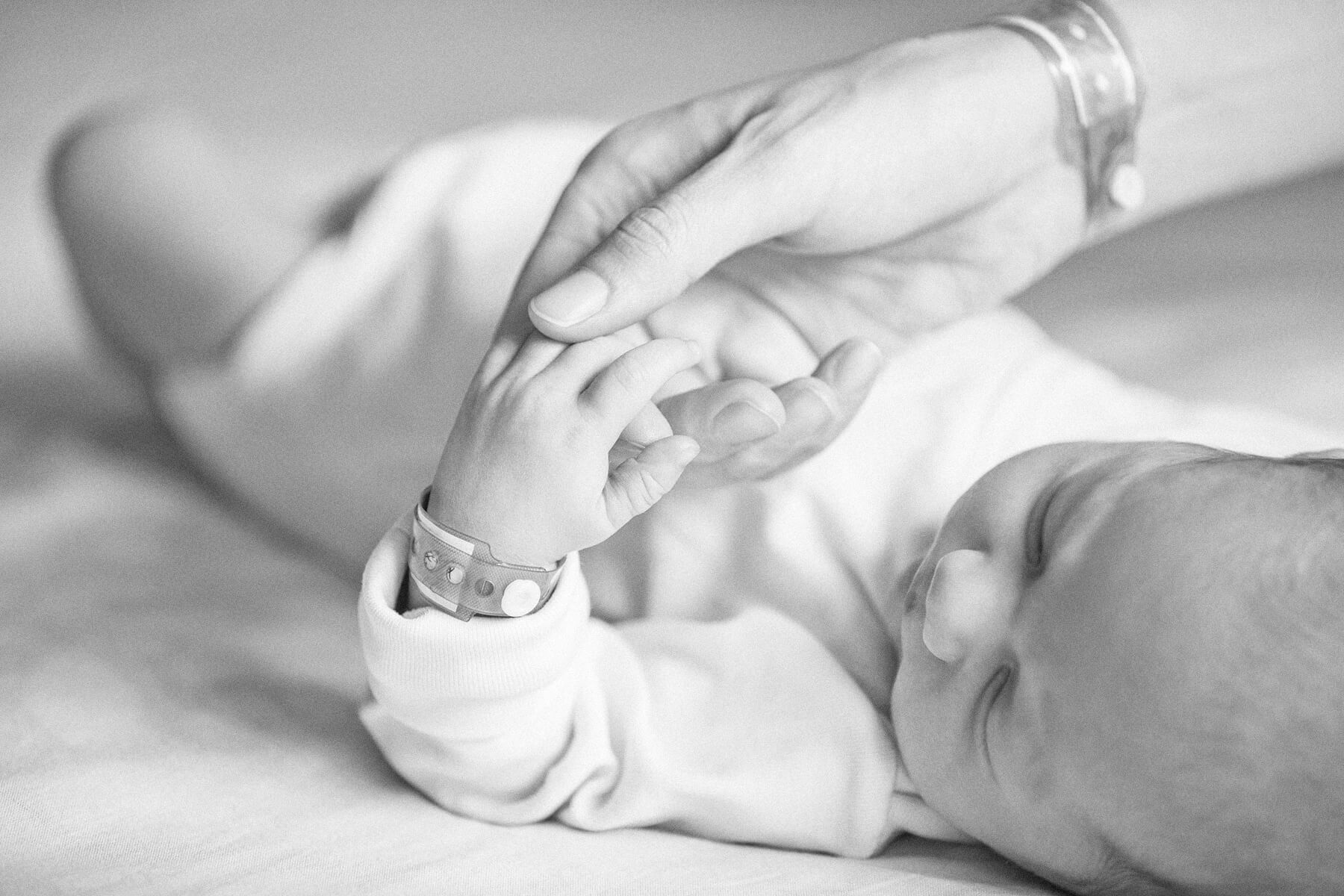The famous author who wrote novels with crayons
Wednesday, October 2, 2024
James Joyce didn't just write some of the most acclaimed novels of the 20th century — he did so using crayon. |
| |
| |
|
 |
|
| J ames Joyce didn't just write some of the most acclaimed novels of the 20th century — he did so using crayon. Though it sounds like a quirky affectation on the part of the Ulysses and A Portrait of the Artist as a Young Man author, it was actually a medical necessity. Because Joyce had trouble with his eyesight and was nearly blind by the time he wrote Finnegans Wake in the last few years of his life, "the large crayons thus helped him see what he was writing," according to culture writer Maria Popova. Joyce was farsighted as a child and had severe issues with his eyesight by the time he reached his 20s; these problems only worsened after a bout of rheumatic fever left him afflicted with the condition iritis. |
|
|
| Fortunately for readers, Joyce was as adaptable as he was brilliant. He began writing while "lying on his stomach in bed, with a large blue pencil, clad in a white coat" that reflected more light back at the empty page at night. This process became even more elaborate during the editing phase, when Joyce relied on crayons of varying colors (namely orange, blue, red, and green) to underline and circle individual words or sentences and even cross out entire pages. Finnegans Wake in particular remains one of the English language's most difficult and inscrutable works some 85 years after it was written, but at least there's no mystery as to how it was written. |
|
 |  |
|
|
 |
|
| |
|
| Joyce's age when his poem "Et Tu, Healy" was published by his father | | | 9 |
| | | Letters in a word Joyce made up to describe his fear of thunder and lightning | | | 100 |
| | | Letters in a word Joyce made up to describe his fear of thunder and lightning | | | 100 |
|
|
|
| Eye surgeries Joyce underwent throughout his life | | | 12 |
| | | Years it took Joyce to write Finnegans Wake | | | 17 |
| | | Years it took Joyce to write Finnegans Wake | | | 17 |
|
|
|
 |
|
 | | Did you know? |
|
|
Some of Joyce's most celebrated contemporaries hated his work. |
|
| Virginia Woolf — who, like Joyce, lived from 1882 to 1941 — famously responded to Ulysses by describing its author as "a queasy undergraduate scratching his pimples," adding that "one hopes he'll grow out of it; but as Joyce is 40 this scarcely seems likely." Author H.G. Wells, widely regarded as the father of science fiction, was equally harsh in his appraisal of Finnegans Wake. "Do I get much pleasure from this work? No," he wrote. "So I ask: Who the hell is this Joyce who demands so many waking hours of the few thousand I have still to live for a proper appreciation of his quirks and fancies and flashes of rendering?" Then there was D.H. Lawrence, who proclaimed, "My God, what a clumsy olla putrida James Joyce is!" Joyce's work is challenging, so it makes sense that he's more acclaimed now than he was in his own time. Still, he was understandably bothered by the fact that his wife, Nora Barnacle, couldn't make sense of his work either. After Ulysses was published, she asked him, "Why don't you write sensible books that people can understand?" |
|


posted by June Lesley at 4:01 AM












![]()
![]()






0 Comments:
Post a Comment
<< Home